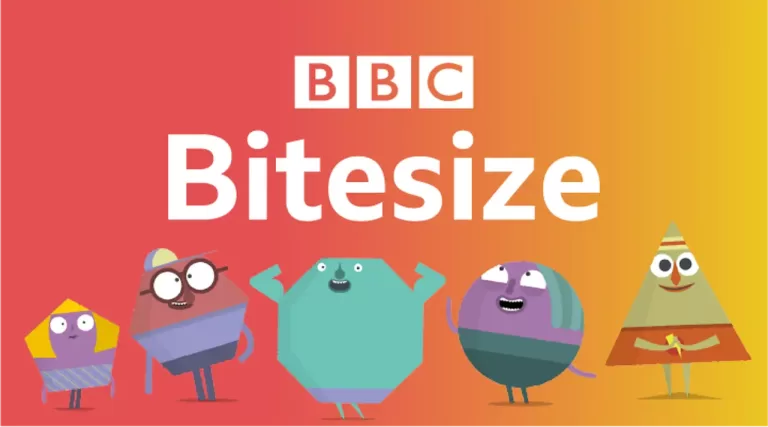
What is STEAM education all about?
This page may contain affiliate links. If you choose to purchase after clicking a link, I may receive a commission at no extra cost to you.
STEAM education is an approach to learning that integrates science, technology, engineering, arts and mathematics. STEAM education aims to foster creativity, innovation, problem-solving and critical thinking skills in students of all ages and backgrounds.
STEAM education is not just about teaching specific subjects, but rather about creating meaningful connections and interdisciplinary projects that allow students to explore real-world issues and challenges. STEAM education also encourages collaboration, communication and curiosity among learners and educators.
Some examples of STEAM education activities are:
- Designing and building a robot that can perform a specific task
- Creating a musical composition using mathematical patterns and concepts
- Investigating the effects of climate change on different ecosystems and organisms
- Producing a digital story or animation that illustrates a scientific phenomenon or concept
- Developing a game or app that solves a social or environmental problem
STEAM education can benefit students in many ways, such as:
- Enhancing their academic achievement and motivation
- Developing their 21st century skills and competencies
- Preparing them for future careers and opportunities
- Inspiring them to pursue their passions and interests
- Cultivating their sense of wonder and curiosity
STEAM education is not only for students, but also for teachers, parents and communities. By supporting and promoting STEAM education, we can create a more diverse, inclusive and innovative society.
The importance of Art in education
Art is not just a hobby or a pastime. It is a vital part of education that can enrich the lives of students and prepare them for the future. Art can foster creativity, critical thinking, communication, collaboration, and cultural awareness. These are essential skills for the 21st century workforce and society.
Creativity is the ability to generate new and original ideas, solutions, and products. It is a key ingredient for innovation and problem-solving. Art can stimulate creativity by encouraging students to express themselves in different ways, experiment with different materials and techniques, and explore their own imagination and emotions.
Critical thinking is the ability to analyze, evaluate, and synthesize information, arguments, and perspectives. It is a crucial skill for making informed decisions and judgments. Art can enhance critical thinking by challenging students to observe, interpret, and critique various forms of art, such as paintings, sculptures, music, literature, and film.
Communication is the ability to convey and receive messages effectively using verbal and non-verbal means. It is a fundamental skill for interacting with others and sharing ideas. Art can improve communication by providing students with opportunities to present and discuss their own artworks and those of others, using different modes of expression, such as words, images, sounds, and gestures.
Collaboration is the ability to work with others towards a common goal or purpose. It is a vital skill for teamwork and leadership. Art can foster collaboration by engaging students in group projects and activities that require cooperation, coordination, and compromise.
Cultural awareness is the ability to appreciate and respect the diversity of cultures, values, beliefs, and traditions in the world. It is a key skill for global citizenship and intercultural understanding. Art can promote cultural awareness by exposing students to various forms of art from different regions, periods, and backgrounds, and by encouraging them to reflect on their own cultural identity and heritage.
Art is not only a source of enjoyment and inspiration but also a powerful tool for learning and development. By integrating art into education, we can help students discover their potential, express their individuality, and connect with others. Art can make education more meaningful, engaging, and fun.
Integrating Art into education
Art is not only a form of expression, but also a way of learning, exploring, and creating. Art can enhance the academic performance, social skills, and emotional well-being of students of all ages. Here are some examples of how art can be integrated into different subjects and activities:
- Math: Students can use geometric shapes, patterns, and symmetry to create artworks that demonstrate mathematical concepts. They can also use art to visualize data, such as graphs, charts, and diagrams.
- Science: Students can use art to illustrate scientific phenomena, such as the water cycle, the solar system, or the human body. They can also use art to conduct experiments, such as mixing colors, making slime, or creating sculptures with different materials.
- History: Students can use art to explore historical events, cultures, and personalities. They can create timelines, maps, posters, or collages that depict historical facts. They can also use art to express their opinions and perspectives on historical issues.
- Language: Students can use art to enhance their reading, writing, and speaking skills. They can use art to illustrate stories, poems, or essays. They can also use art to communicate their ideas and emotions in different languages.
- Music: Students can use art to create musical instruments, compose songs, or perform dances. They can also use art to analyze musical elements, such as rhythm, melody, harmony, or tone.
These are just some examples of how art can enrich the educational experience of students.







Leave a Comment